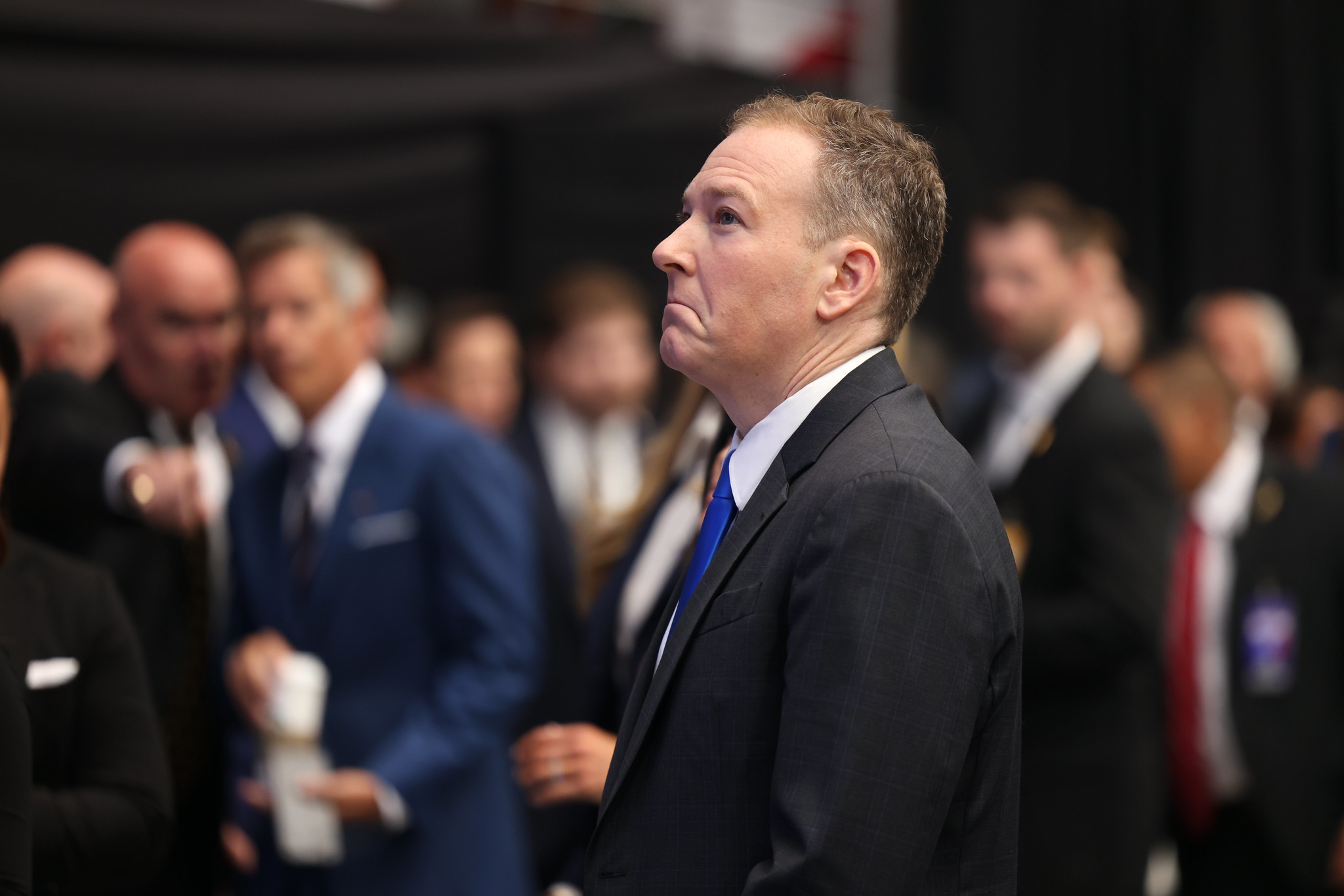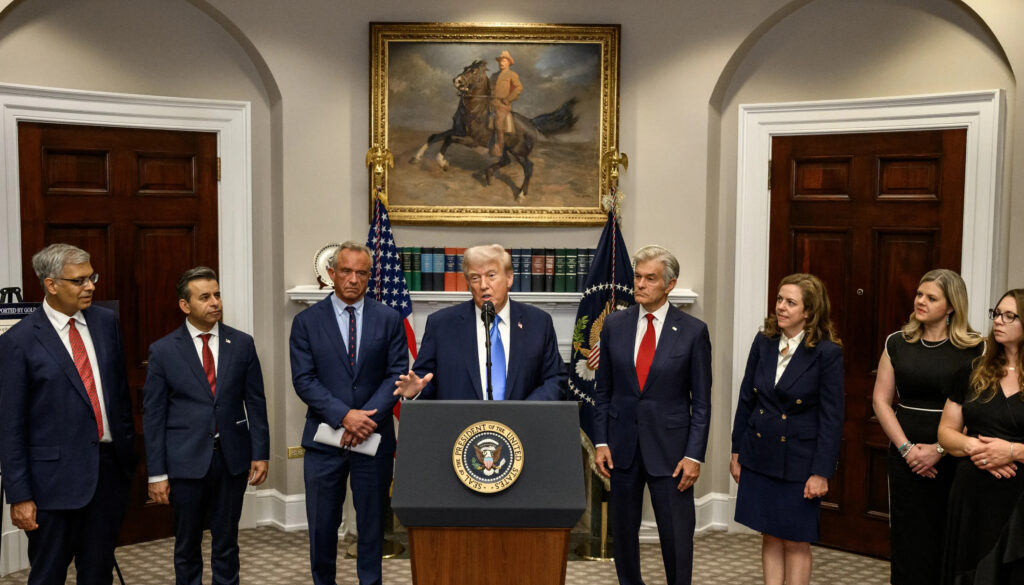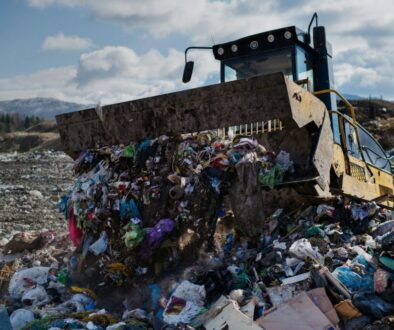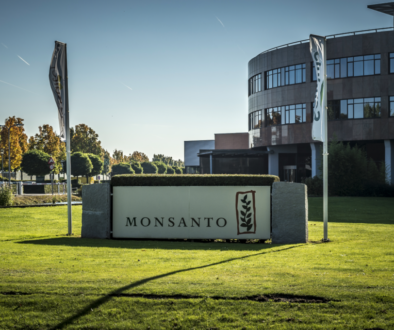Trump administration acts on majority of industry wish list
Listen to the audio version of this article (generated by AI).
US manufacturers who late last year asked the incoming Trump administration for a “regulatory reset” have seen roughly 80% of their specific regulatory requests acted on in just the first eight months of Trump taking office.
The fast action across various agencies comes after 100 manufacturing industry groups sent a letter to then President-elect Donald Trump last December complaining of a “regulatory onslaught” under the Biden administration that the group said was “strangling” the economy.
The letter, spearheaded by the National Association of Manufacturers (NAM), which represents roughly 14,000 US companies across various industries, listed 29 specific requests for regulatory rollbacks and pro-industry policies that have environmental, energy, food, intellectual property and financial impacts.
The industry asks included loosening various air pollution regulations and pausing rulemaking around perfluoroalkyl and polyfluoroalkyl substances (PFAS) — a class of chemicals widely used in manufacturing that include many found to be highly hazardous to human health.
According to The New Lede’s analysis of the letter and federal moves taken since, federal agencies have since acted on at least 23 of the 29 requests — either scrapping or partially amending rules, or, in some cases, signaling their intention to do so via executive orders or proposed rule changes.
Industry leaders have applauded the moves.
“We’ve seen meaningful steps toward reducing unnecessary complexity and improving permitting processes, which aligns with our long-standing advocacy for regulatory certainty to drive American innovation and manufacturing competitiveness,” said Telly Lovelace, spokesperson for the American Chemistry Council, which represents chemical manufacturers and co-signed the letter.
But researchers and watchdog groups say the level of industry influence in this administration is unprecedented and comes at the expense of everyday Americans.
“They’re basically just ticking off the boxes of industry wants,” said Tracey Woodruff, director of the Program on Reproductive Health and the Environment at the University of California, San Francisco.
Environmental rules scrapped
Some asks in the letter were broad but several targeted specific environmental regulations passed during the Biden administration, including revisiting rules on particulate matter pollution, maintaining lower ozone standards and reversing greenhouse gas emissions standards for coal and natural gas plants — all of which have been done. NAM requested a lifting of Biden’s pause on liquid natural gas (LNG) exports, which the Trump administration did on its first day in office.
“We’ve seen meaningful steps toward reducing unnecessary complexity and improving permitting processes.” – Telly Lovelace, ACC
The letter called for a less strict Clean Water Act, which the administration has signaled its intention to do, and fewer regulations on not just PFAS but on multiple chemicals, including ethylene oxide, a cancer-causing gas used as a fumigant, to make industrial chemicals and sterilize equipment. The US Environmental Protection Agency (EPA) has acted on both as requested.
“Early actions to streamline permitting and clarify chemical regulatory frameworks have been significant,” Lovelace said.
Tim Whitehouse, the executive director at Public Employees for Environmental Responsibility (PEER), said the moves by the EPA show who the agency is serving. “The whole chemical industry has had a stranglehold for a long time on the EPA,” he said.

In one key example, the December industry letter criticized the EPA’s main regulatory tool in determining chemical risk, the Toxic Substances Control Act (TSCA), as causing “confusion” and “duplication.” And in a proposed rule released last month, the EPA said it wants to streamline chemical reviews and used similar language to the NAM letter, saying it wants to avoid “confusion” and “duplication.”
Whitehouse said there is some level of industry influence on any administration but what’s happening with the current Trump administration is “revolutionary.”
“And they’ve done it in such a very short period of time,” he said.
The letter also pushed the administration to ease off some stricter controls on chemicals and plastic waste in its international United Nations’ Plastic Treaty negotiations, urging it to instead focus on “improving product design and circularity and advancing consumer education.” US delegates were in line with this ask at the most recent negotiations, working with heavy fossil-fuel producing nations to weaken the treaty’s language.
Alex Ford, a biology professor and researcher at the University of Portsmouth, said most people blame industries when rules get scrapped, but it’s important to understand what the government has to gain. Ford was recently the lead author on a recent study that found industry influence on governments around the world is driving the planet’s climate change, biodiversity loss and chemical pollution crises.
“It’s the industry that’s pointed at as the bad actor but very often it’s the interests of governments … especially when that industry makes a lot of money for that country,” he said, pointing to the plastic treaty and how much money nations derive from fossil fuels, the basis of most plastics. The US government makes an estimated $138 billion annually from fossil fuels via taxes and royalties.
Not all requests granted
There were some requests in the letter, however, that were only partially addressed and some that the administration hasn’t acted upon at all. For example, the letter asked the administration to consider how energy tax incentives have benefitted manufacturers in the Inflation Reduction Act. Trump’s “One Big Beautiful Bill Act” gutted many of these energy tax credits.
“The whole chemical industry has had a stranglehold for a long time on the EPA.” -Tim Whitehouse, PEER
The letter also suggested rescinding the Hart-Scott-Rodino Antitrust Improvements Act, which was passed under Biden and mandates companies to file premerger notifications with the Federal Trade Commission (FTC) and the Antitrust Division of the Justice Department for some acquisitions, and asked the administration to narrow the scope of the Cyber Incident Reporting for Critical Infrastructure Act of 2022. The administration hasn’t acted upon either asks yet.
The NAM did not return requests for comment. Over the past few months the association has publicly lauded moves in line with its asks, but also cautioned against some of the Trump administration’s policies, such as tariffs.
Lovelace echoed this concern. “We continue to advocate for trade policies that avoid measures that could disrupt critical supply chains and increase costs for domestic manufacturers and American consumers.”
Lobbyist-to-regulator
The alignment of federal agencies with the letter’s suggestions is just the latest evidence of industry influence on administration’s health and environmental agencies. Several federal agencies — including the EPA and the Food and Drug Administration (FDA) — have former industry executives and lobbyists in key leadership roles.
The Trump administration is close to adding another as Douglas Troutman, a lobbyist for the American Cleaning Institute, has been nominated to be the EPA’s assistant administrator for toxic substances. The American Cleaning Institute was a signatory to the letter.
The New Lede reported last month that lobbyists and leaders from the agricultural, energy, chemical and plastics industries frequently met with EPA officials during the first few months of the Trump administration, according to a review of records obtained via the Freedom of Information Act request. They had almost no meetings with environmental and health groups during that time.
Federal agencies could not be reached for comment on the industry letter due to the ongoing government shutdown. However, when asked last month about the potential for industry influence at the EPA, an agency spokeswoman said the question was “insulting” to EPA officials and that meeting frequently with industry was part of the agency’s job.
Featured image: The White House



